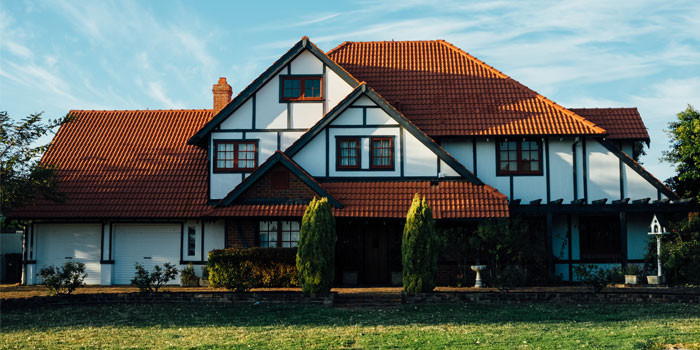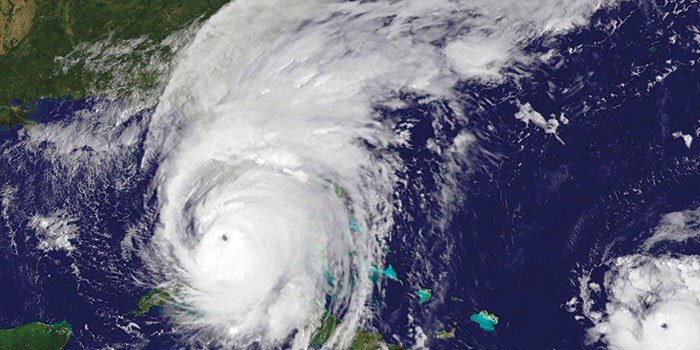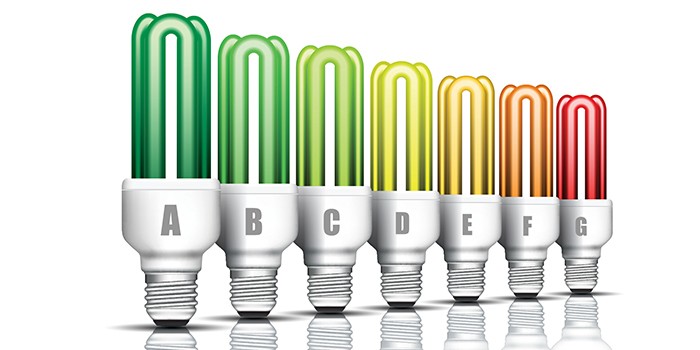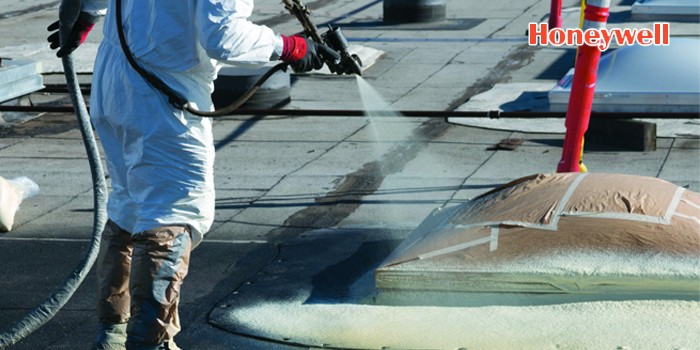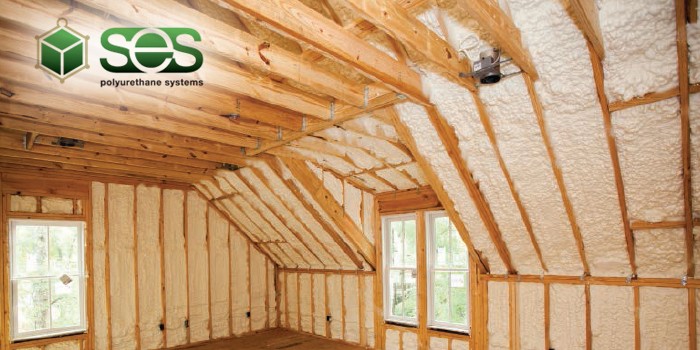Trying to Reason With Hurricane Season
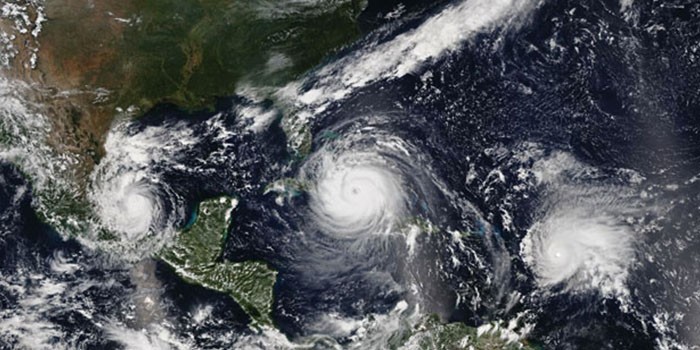

JUPITER, FL – February 27, 2018 – Harvey, Irma, Maria—2017 brought large and dangerous hurricanes that wreaked havoc on places from Barbuda, to Port Aransas,Texas with Florida and Puerto Rico thrown in for good measure. It brought to mind that SPF has been underutilized as a valuable tool to minimize damage that can be caused by strong winds.
Hurricane field research investigations coupled with research show that a closed-cell spray polyurethane foam considerably enhances the structural performance of wall, floor, and roof assemblies.
Roof Deck Wind Uplift Enhancement:
First, let’s look at some laboratory research.
In 2008, Honeywell and NCFI contracted with the Hurricane Research Center located at the University of Florida to conduct ASTM E 330-02 testing of wood roof deck assemblies. This test procedure is accepted by the state of Florida and Miami-Dade County for testing structural elements (including roof deck assemblies) for high wind resistance.
TEST METHOD: Specimen Preparation

The results were eye-opening. Even with a roof deck assembly that was constructed to comply with Florida’s high wind requirements, the ccSPF increased wind uplift resistance on a three-inch fill around three times the original uplift resistance. The fillet style application increased wind uplift resistance around twice the original uplift resistance.
TABLE 1: Maximum Wind Uplift Load psf (pounds per square foot)


Old spray foam was removed in 2008 to install new metal.

New metal blew off while old metal sprayed with foam stayed in place

Case Study 1. White’s Lumber
Before Hurricane Allen blew into South Padre Island, Texas in 1980, the author installed a portion of an SPF application to the office section of White’s Lumber post-frame construction building. The crew completed one corrugated wall and roof section before the storm hit. After the storm, the only metal remaining was the sections insulated with ccSPF.
The metal was replaced and for close to 30 years there were no significant wind events in the area.
In 2009, Hurricane Dolly, a Category 2 storm packing winds of more than 110 mph, made a direct hit on the towns of Port Isabel and South Padre Island, Texas. White’s Lumber lost half of their roof as shown in the photo below. But, something looks strange doesn’t it? The left side of the building has a new metal skin installed in 2008 while the left side has old metal panels that are over 29 years old. As you can see, the new metal blew off in the storm while the old metal remained in place. Both are 29-gauge metal with similar fasteners and fastening patterns.
There is a simple explanation. When the metal was replaced in 1980, the owner contracted with the author to install a 2 lb. closed-cell spray foam in a “picture frame” pattern to help secure the metal panels to the wood trusses. 29 years later, this safety net proved valuable. Unfortunately, when the owner replaced the metal on half of the building in 2008, he could not find a SPF applicator to replace the foam and, consequently, high winds blew off major portions of the new metal panels.
Lab research also demonstrates that ccSPF can help increase the racking strength of wall assemblies. In 1992 and again in 1996, the Polyurethane Foam Contractors Division (PFCD) contracted with the National Association of Home Builders (NAHB) Research Center to conduct racking load tests on ccSPF insulated wall panels. NAHB Research Center concluded, “During a design racking event such as a hurricane, there would be a less permanent deformation of wall elements and possibly less damage to a structure that was braced with SPF-filled walls.”
The 1996 study measured the racking strength of OSB and drywall clad walls respectively with metal studs at 16-inch OC. As indicated in Table 3, the ccSPF insulated walls at three inches thick increased the drywall clad wall from 2,400 lbs of racking load to 5,380 lbs and the OSB clad walls from 4,800 lbs of racking load to 6000 lbs.
In 2007, SPFA tested ccSPF insulated walls constructed with 2×4-inch wood studs, 16 inches of OC to both polyiso and OSB sheathed wall assemblies at Architectural Testing Inc (ATI). As indicated in Table 4, the ccSPF doubled the racking load of the polyiso sheathed wall assemblies.
TABLE 2: 1992 NAHB Research Center Racking Study Average Maximum Racking Load (pounds)

TABLE 3: 1996 NAHB Research Center Racking Study Average Maximum Racking Load (pounds)

TABLE 4: ATI Racking Study Average Maximum Racking Load Assembly Maximum Racking Load (pounds)

Case Study 2. Pascagoula Ice Company
Internal pressurization and wind racking destroyed the tongue and groove roof deck of this ice plant during Hurricane Katrina. However, the metal building section that was insulated with ccSPF connected to the same structure survived with no damage

TOP: Tongue and groove roof deck destroyed; BOTTOM: Lightweight metal survived with help of spray foam

None of the areas insulated with ccSPF sustained any damage. An interesting observation is that much of the ccSPF insulated portions of the building were areas that would be considered less structurally sound than other areas (if they were not structurally reinforced with ccSPF).
ccSPF is also used on the exterior of building to prevent high wind and flying debris damage to buildings. There are many cases of ccSPF installed to the exterior of metal buildings, houses, and small commercial buildings that minimized structural damage and water intrusion. The foam acts as
a shock absorber for high impact, wind-driven debris, a barrier to wind-driven rain, an air barrier to reduce the potential for high wind pressurization of the building, and glues it together so that if pressurization occurs, the weakest individual components and fastening are not exposed to the full brunt of the pressure.
Conclusion and Comments
Based on research and field observations, the installation of ccSPF to either the exterior or interior of a building can result in significant structural benefits and reduced building damage from impact and high winds. Now that tools are available to help design buildings in storm-prone areas to minimize damage from hurricane force winds, it is time to use this remarkable product to its full advantage.
Disqus website name not provided.






